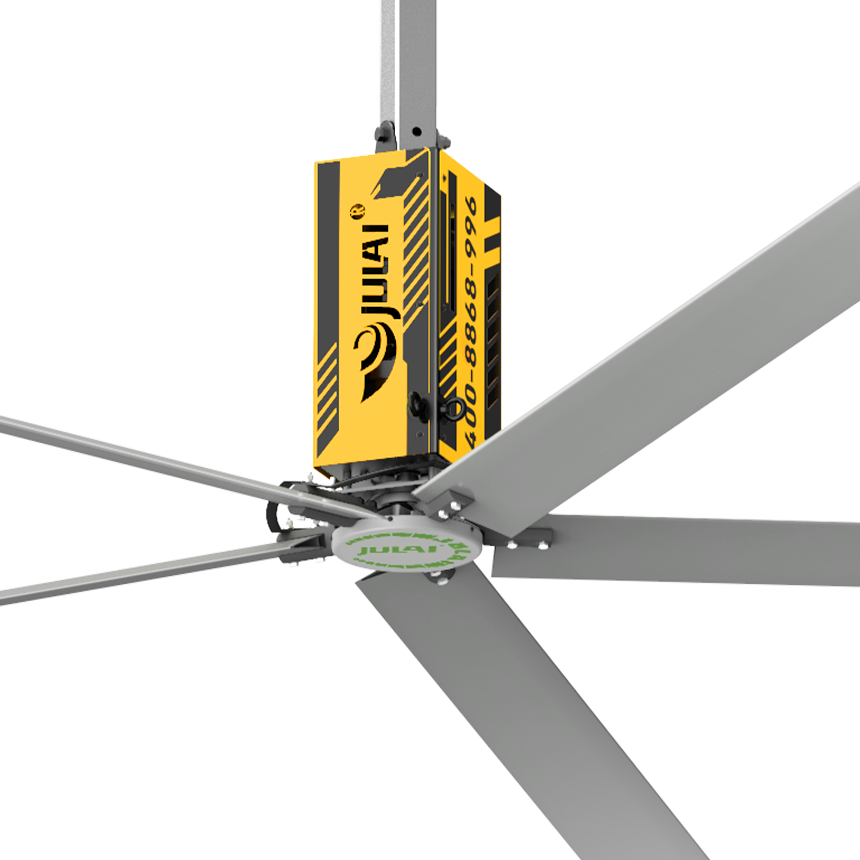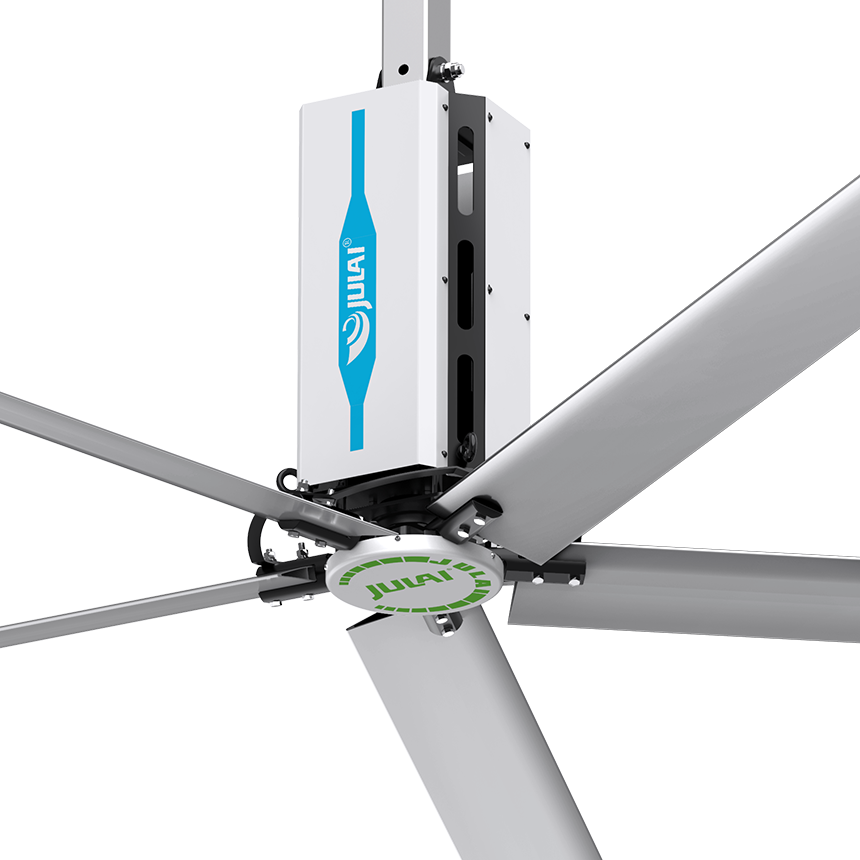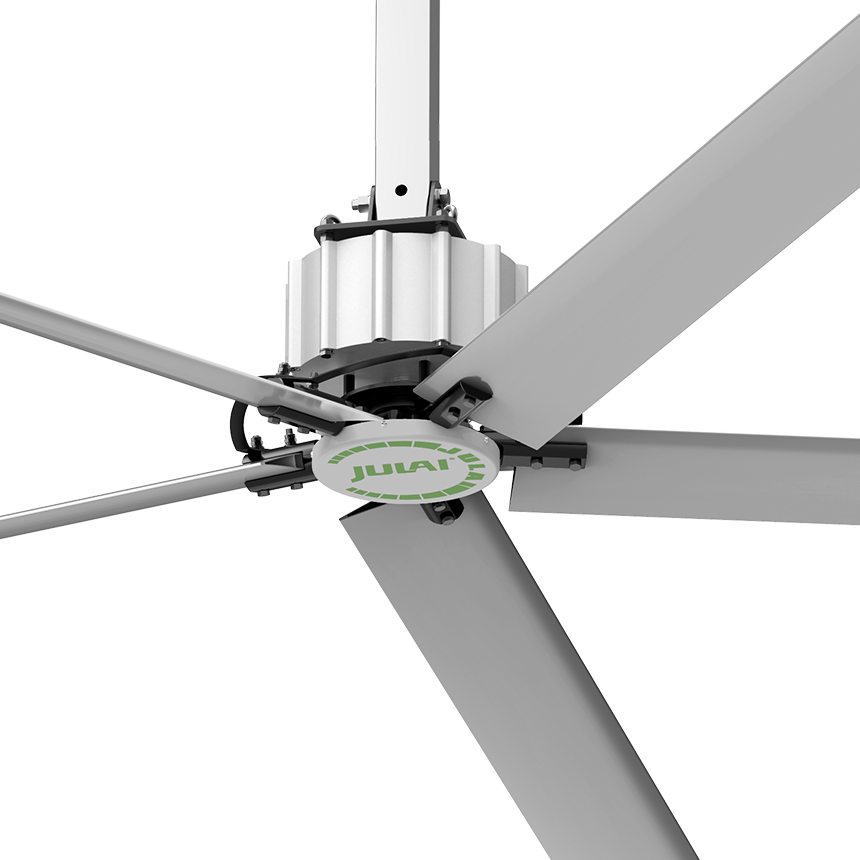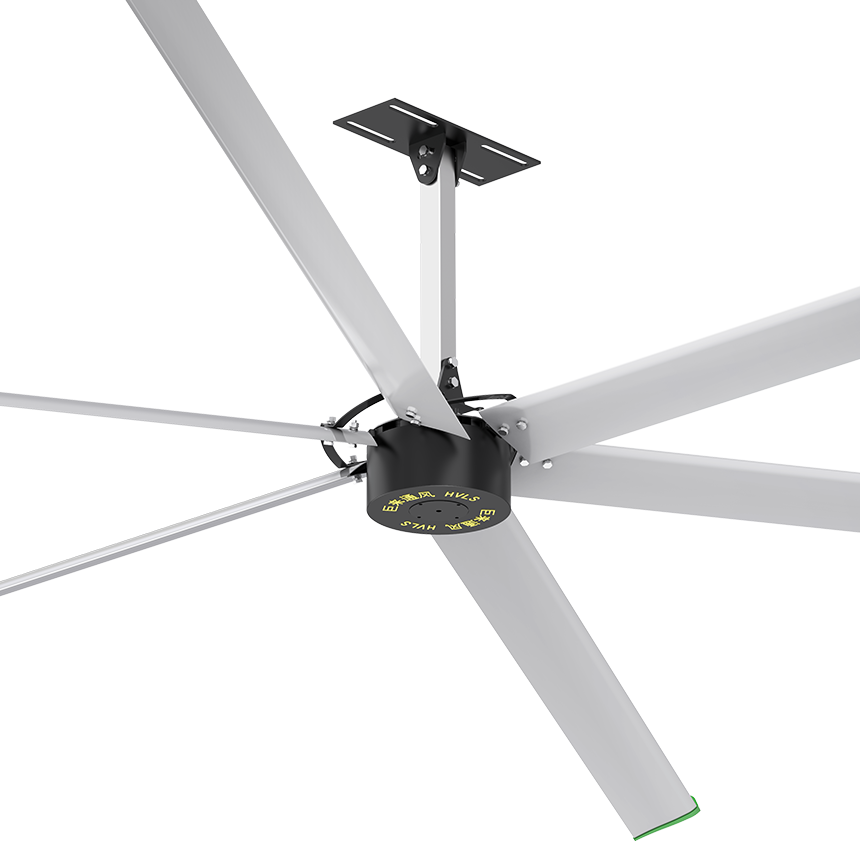Gymnasium

Industry Characteristics
Enclosed Spaces and Poor Airflow: Fitness facilities often have enclosed spaces, which can lead to poor airflow. Limited airflow can lead to stagnant and stuffy air, causing discomfort to clients and employees. This can be exacerbated during peak hours when the facility is crowded.
Muddy air and lack of fresh air: Due to limited ventilation, fitness centers may experience a lack of fresh air. This can lead to a build-up of air pollutants such as sweat, body odor and dust, resulting in cloudy air quality. Increasing concentrations of these unpleasant odors can result from strenuous physical activity and concentrations of people.
Short-Term Dense Personnel:Fitness facilities can experience high occupancy rates during peak hours or when popular classes are in session. Concentrations of people in confined spaces can lead to increased body heat, perspiration and exhalation, which can result in increased temperatures and decreased air quality. This can affect client comfort and may lead to a decrease in client retention.
Fitness centers are large and poorly air-conditioned: Fitness centers are often spacious, with multiple workout areas, fitness equipment and amenities widely distributed. Maintaining consistent temperatures throughout the space can be challenging. There may be inadequate cooling in some areas, resulting in discomfort for clients engaged in physical activity.
In the spring and autumn seasons, the indoor temperature in the gym is difficult to control. In spring and autumn, when the temperature is moderate, turning on the air conditioner will consume a lot of energy, and the athletes will sweat after exercising, the cold wind from the air conditioner will make people feel cold and easy to catch a cold. If the air conditioner is not turned on, the indoor temperature will be too high, the air quality will deteriorate, and people will feel uncomfortable when exercising.
Benefits Of Using HVLS Fans
Ⅰ.Improved Air Circulation
HVLS fans can improve air circulation in fitness facilities. Their large fan blades and low speed running create a gentle breeze that moves air throughout the space, helping to eliminate areas of stagnant air and reduce the feeling of stuffiness. By improving air circulation, HVLS fans can enhance the overall comfort of customers and employees.
Ⅱ.Enhanced ventilation and fresh air exchange
HVLS fans can promote better ventilation by increasing the exchange of indoor and outdoor air, improving the overall air quality within the facility.
Ⅲ.Personnel cooling
The airflow generated by HVLS fans helps to cool personnel. During peak periods when the space is crowded and body heat is high, HVLS fans can provide cooling by increasing evaporative cooling of sweat. In addition, when air conditioning and fans are used in combination, HVLS fans can help distribute conditioned air more efficiently in areas where air conditioning is not effective or cooling is not sufficient, ensuring a comfortable workout environment for clients.
Ⅳ.Reduce odors
HVLS fans can help alleviate unpleasant odor problems in fitness facilities. By improving air circulation and facilitating the exchange of fresh air, fans can help dissipate and dilute odors caused by sweat, body odor and other contaminants. This creates a more pleasant and odor-free environment for clients and employees.
Ⅴ.Energy savings
HVLS fans are an energy-efficient cooling and ventilation solution. They consume less energy than conventional HVAC systems while providing significant airflow and cooling. This can result in cost savings on energy bills for fitness facility owners and operators.
Ⅵ.Improved customer satisfaction and retention
Using HVLS fans can improve customer satisfaction. Clients are more likely to enjoy their workout and have a positive experience, resulting in higher client retention rates. Happy clients can also spread positive word-of-mouth and attract new clients to the fitness facility.





